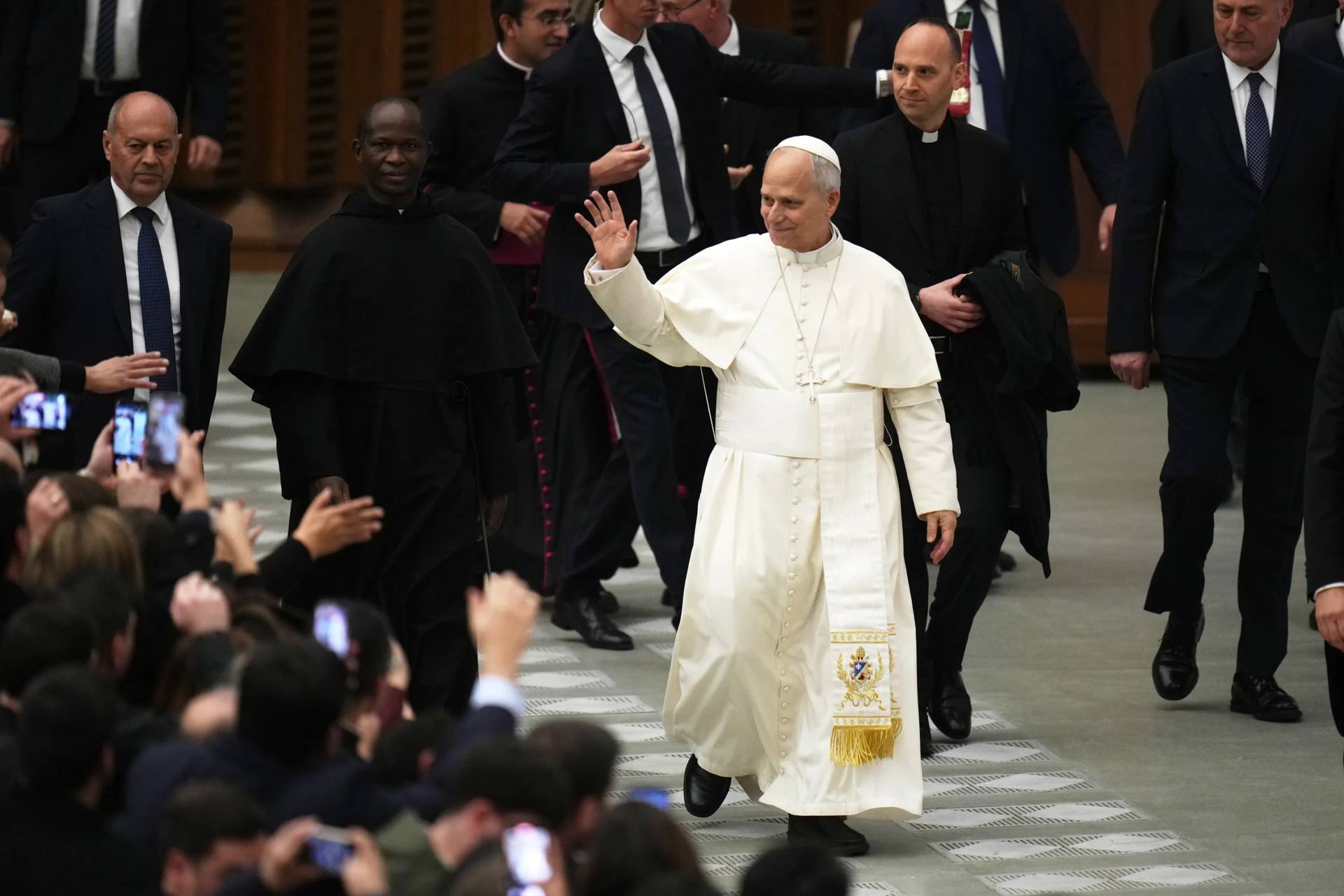According to an Aug. 10 report in the widely read Italian news magazine Famiglia Cristiana, Pope Francis is spending part of his reduced summer schedule in 2017 seeking treatment for a sciatica condition that continues to irritate him.
As part of that regime, according to the magazine, the 80-year-old pontiff is receiving both massages and injections twice a week in order to reduce pain in his leg. The account did not offer details of who’s delivering the treatments, or where they’re taking place.
So far the Vatican has not commented on the report, and traditionally takes the position that such matters pertain to the pope’s private life.
Pope Francis first revealed that he suffers from sciatica, a nerve condition usually resulting from the herniation of a spinal disk, in 2013, during an in-flight press conference on his return from Rio de Janeiro, Brazil, following a World Youth Day celebration.
In response to a question about his health, Francis said, “The worst thing that happened – excuse me – was an attack of sciatica – really! – that I had the first month, because I was sitting in an armchair to do interviews and it hurt. Sciatica is very painful, very painful! I don’t wish it on anyone!”
Generally speaking, the pain caused by sciatica is confined to one side of the body and is felt in the back and leg, although under some circumstances it may occur on both sides. To be clear, the condition is not life-threatening, and there’s no indication it prevents the pontiff from carrying out the responsibilities of his office.
Pope Francis is legendary for not taking summer breaks, and, according to the Famiglia Cristiana report, that habit easily pre-dates his papacy. In fact, he’s said that he last took what most people would describe as a summer vacation, meaning going away somewhere, in 1975, well before he was even a bishop and shortly after he took his final vows as a member of the Jesuit order.
During a return flight from South Korea in 2014, he said: “The last time I took a vacation outside of Buenos Aires, with the Jesuit community, was in 1975. I do always take a vacation – really – but in my habitat; I change pace. I sleep more; I read the things I want; I listen to music; I spend more time praying…And this makes me relax.”
As part of that summer down time, the magazine reports, the pontiff has been taking treatments for his condition during each of the last two summers, in order to be better prepared to carry out his responsibilities during the coming year.
In 2007, journalist Massimo Franco reported for the Italian newspaper Corriere della Sera that then-Cardinal Jorge Mario Bergoglio of Buenos Aires had visited a Roman physician named Valter Santilli for treatment of the disorder.
According to Franco’s report, Santilli said he had told Bergoglio that sciatica is a “prophetic disease.” When Bergoglio asked why, Santilli reportedly said:
“Because in the Book of Genesis in the Old Testament, in chapter 23, there’s the episode of Jacob’s struggle with the angel, who touched his sciatic nerve, on the hip joint, and that night, after his sciatic problem, the Lord changed his name to Israel.”
“You see,” Santilli continued to Bergoglio, “after your sciatic problem, the Lord will change your name too.”
According to Famiglia Cristiana, Santilli adds now that Pope Francis called him shortly after his election in March 2013, after the two hadn’t seen one another for some time.
“One morning, my cell phone went off and the caller presented him like this: ‘Professor Santilli?’” he said.
“I replied, ‘Yes, who’s this?’”
“The response was the following: ‘I used to be called Jorge Mario Bergoglio, but the Lord has changed my name and now I’m called Pope Francis!’”
Francis’s next scheduled public event will come on Sunday, when he delivers the traditional noontime Angelus address. He’s currently set to depart Sept. 6 for a five-day overseas trip to Colombia.














